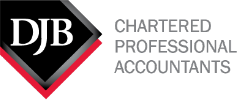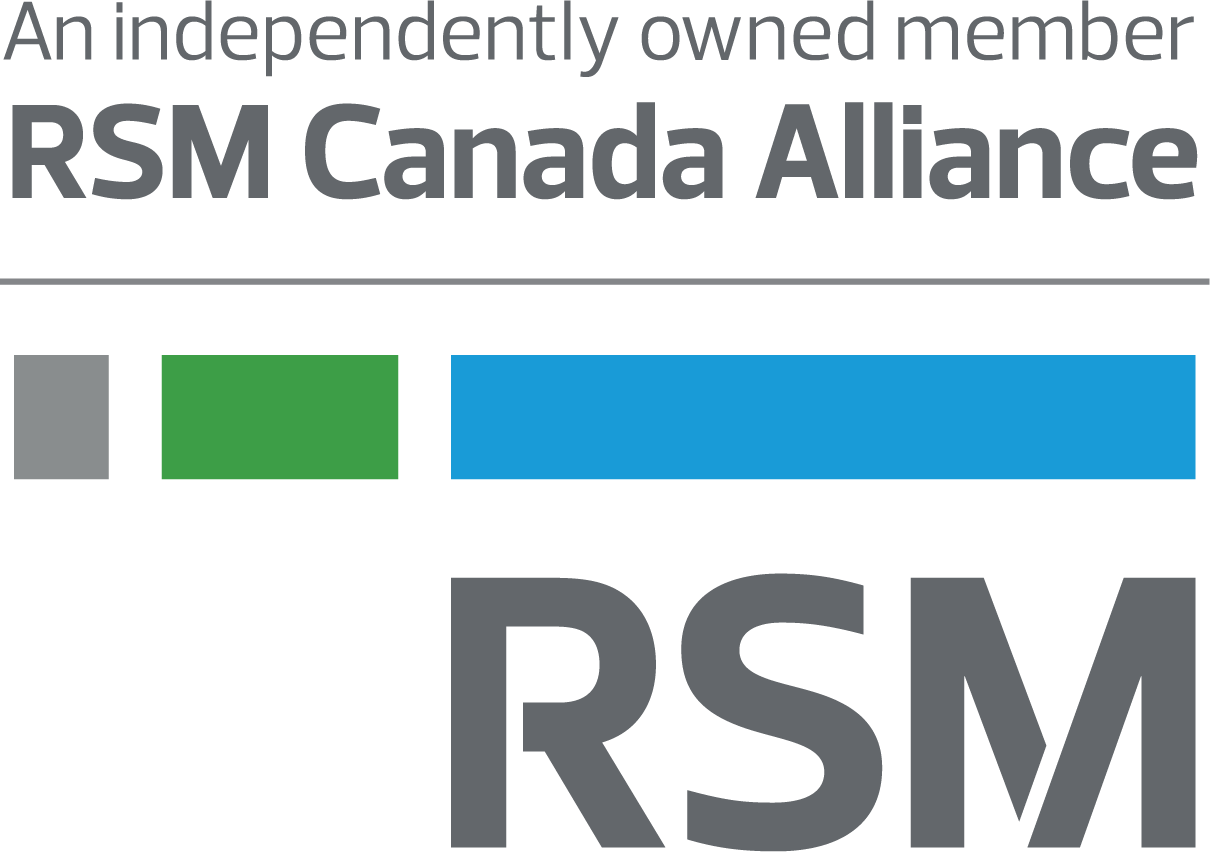A June 21, 2022, Tax Court of Canada case considered whether motor vehicle costs of $1,642 associated with a construction foreman’s travel between home and various job sites were deductible against employment income. The taxpayer worked on many of his employer’s 50 projects, located at numerous construction sites. The taxpayer was responsible for ensuring that the workers were in place each morning and were ready to work with properly functioning tools, materials, and equipment. This meant that the taxpayer was required to take the tools, materials, and equipment home each night for inspection and repair, and then bring them back in the morning. The taxpayer also testified that this process was necessary to protect the assets from job site theft at night. Storage and repair took place in a designated spot in his garage.
To be eligible for a deduction, the taxpayer must be:
- ordinarily required to carry on the employment duties away from the employer’s place of business or in different places; and
- required by employment contract to pay motor vehicle travel expenses in the performance of employment duties.
Generally, travel from one’s home to one’s place of work is personal; therefore, motor vehicle expenses would not be deductible. However, a few exceptions to this position have been determined by the courts, such as where the taxpayer’s home was found to be an essential place of business as mandated by the employer.
Taxpayer wins
First, the Court found that the taxpayer was ordinarily required to carry on employment duties in “different places,” being his garage and the various worksites. While CRA argued that the taxpayer must have carried on the majority of employment duties at home for it to constitute a place of work, the Court disagreed, finding that he only had to be required to “ordinarily” carry on duties at home. This meant that he had to perform employment duties at home in the ordinary or usual course of events or state of things. Although the taxpayer spent most of his work day at construction sites, he was still required to fix and store business assets at home on an ordinary basis, and therefore this condition was met.
Second, the Court found that the travel between these different places was conducted in the course of the taxpayer’s employment. The Court specifically noted that his day did not end when he left the construction site. Rather, it ended after he had completed the storage and repair duties at home. Likewise, his day started at home when he loaded the tools, materials, and equipment, and not just when he arrived at the job site. As the travel occurred after his employment duties had commenced and before they ended, the Court determined that the travel was conducted in the course of employment.
The taxpayer was allowed to fully deduct the expenses associated with travelling between his home workspace and the construction sites.
ACTION: This case is a noteworthy exception from the general rule that travel between home and the workplace is normally personal, and non-deductible. As the circumstances allowing the deduction were fairly specific, CRA will likely generally continue to assess most travel between home and the workplace as personal.











